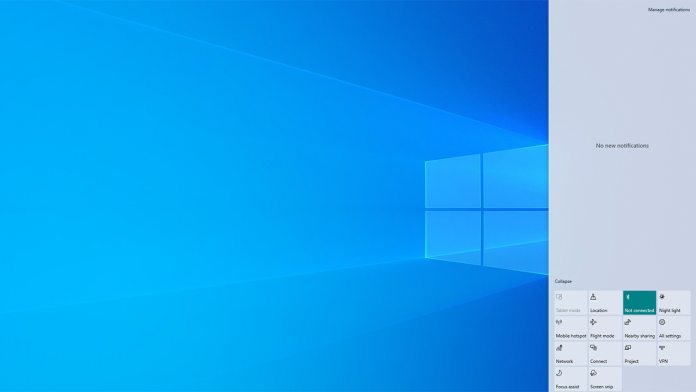It is worth noting Microsoft is still sending out optional Insider updates for Windows 10 20H1. The company is expected to roll the updates up into an RTM package that should be ready next month. In the meantime, if you don’t want to wait for the (stable) release, you can use the ISO file for a manual download. If you take this option, you will still be able to download and install updates and cumulative patches through the Insider program. ISO images allows users to write contained data onto a storage device, such as a CD, DVD, or more commonly external drive (USB stick). With the image onboard a storage device, an identical copy of Windows 10 is available to be installed on a machine.
Update Changes
As we look forward to the official reach of Windows 10 20H1, Microsoft continues to hone how it updates the platform. Certainly, the upcoming Windows 10X version of the platform will come with its own unique update experience. For the new Windows Update experience, Microsoft says it will initially be exclusive to the new platform. The company says updates will come to the OS in an offline state and will be saved offline. Microsoft will then move the modified files before the system reboots. With this new method, Microsoft says Windows 10X will update in “less than 90 seconds”. In June 2019, Microsoft changed major Windows 10 updates to once-yearly events. The Fast Ring would handle major Windows 10 updates, which were moved to once annually. As for the Slow Ring, it was scheduled to be solely for testing minor updates. These would arrive in the second half of the year. However, the company was forced to revert back to twice-yearly updates following negative feedback.




